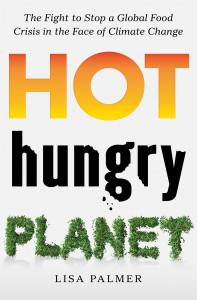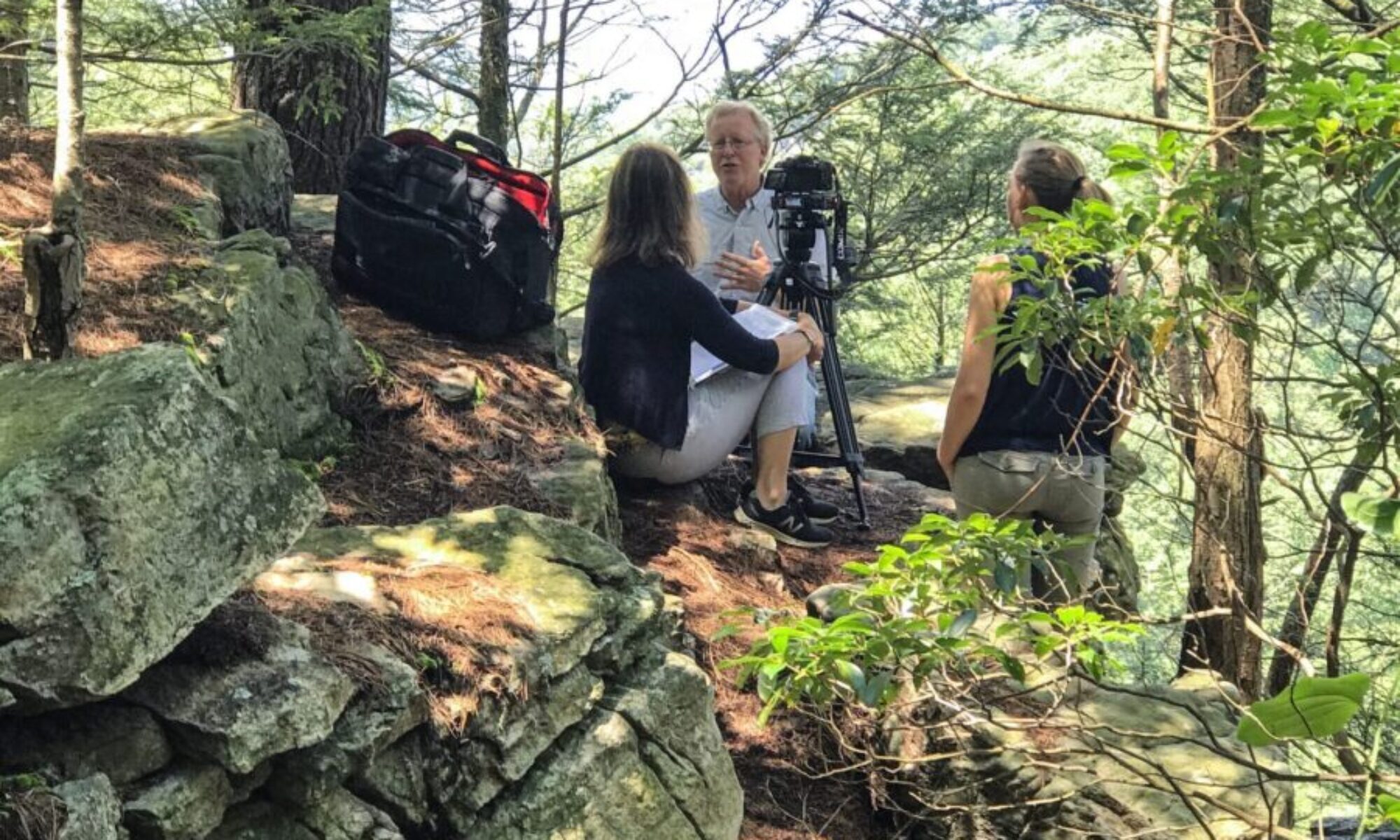More Concerted Action on Public Health
Coming from Medical Community Interests:
The public health/climate change connections recognized by the medical establishment might help in informing the public at large. Policy experts say a growing awareness of the public health/climate linkage could be a key in breaking through political logjams impeding action on mitigation and adaptation.
Consider some climate change/public health indicators:
-Roughly 10 million Americans suffered from asthma in 1990. Today, twice as many do — a surge that has been linked to climate change.
-Allergy season is becoming longer and pollen counts are stronger.
-Diseases like dengue fever and malaria, previously seen only in warmer areas, are now popping up in places like Florida and Texas.
-The ticks carrying Lyme disease — once limited to southern New England and mid-Atlantic states — have expanded their ranges to Maine.
-Extreme weather patterns brought about by climate change are expected to cause an increase in injuries and illness.
-And projected heat waves are likely to be so intense that many more people will have trouble simply cooling themselves and, in some cases, remaining hydrated.
As science points to the troubling health consequences of climate change, the American Medical Association and various public health organizations are bracing themselves. In April the AMA published an editorial warning that climate change is putting public health at risk. It stated:
Scientific evidence shows that the world’s climate is changing and that the results have public health consequences. The American Medical Association is working to ensure that physicians and others in health care understand the rise in climate-related illnesses and injuries so they can prepare and respond to them. The Association also is promoting environmentally responsible practices that would reduce waste and energy consumption.
To help doctors prepare for climate-related illnesses and injuries, AMA has held continuing medical education courses on climate change in three states, most recently in Florida. A fourth one is to take place in Illinois. The courses stem from a grant from the Harvard Medical School Center for Health and the Global Environment.
The American medical community’s new advocacy measures arrive on the coattails of climate change policy statements made by other health organizations. In 2007, the American Academy of Pediatrics. AAP, warned of negative health effects of climate change on children. In a statement, Dana Best, MD, MPH, and fellow of AAP said, “As the climate changes, environmental hazards will change and often increase, and children are likely to suffer disproportionately from these changes.”
In 2008, the American Nurses Association declared that “Nurses have the responsibility to be aware of broader health concerns such as environmental pollution,” and acknowledged the “threats posed by global climate change on a massive human and environmental scale.”
A Critical Mass Expresses Concerns
In May 2009, the health community took an especially firm position on climate change when a joint commission led by the British medical journal The Lancet and University College London Institute for Global Health published findings that climate change poses the biggest public health threat of this century. The report outlined “major threats” to global health involving disease, water and food security, and extreme weather events, and added a cautionary statement: “Although vector-borne diseases will expand their reach and death tolls, the indirect effects of climate change on water, food security, and extreme climatic events are likely to have the biggest effect on global health.”
That Lancet study prompted Linda Marsa, a California-based medical and health writer, to do her first reporting on health effects of climate change. “At the time, there was stuff published here and there,” said Marsa, a contributing editor at Discover magazine. “I had to dig down rabbit holes to find information.” But Marsa’s reporting persistence produced a bonanza, and the result was “Hot Zone,” a feature article published in Discover in December 2010 that explores the magnitude of global health impacts of a changing climate.
A Medical, Health Journalist Newly ‘Energized’
Now, Marsa believes a “critical mass” of scientific studies over the past two years has zeroed-in on strong evidence of health consequences. “I personally think climate change is going to be the biggest science story for the rest of my career,” she said. “As a medical and health writer, frankly, this has fascinated and energized me.” Marsa is now working on a book based on her Discover story. It is to be published next year by Rodale Press.
Marsa is among a growing number of journalists now covering health in the context of climate change. The Association of Health Care Journalists, AHCJ, has helped members develop their knowledge of climate change by providing tipsheets, workshops, and panel discussions at conferences. The group has jointly conducted week-long health journalism fellowships with the Centers for Disease Control and Prevention (CDC), and climate change has been among the segments covered over the past five years. In 2008 and 2009, the AHCJ’s annual health journalism conference also addressed the climate link with allergies, asthma, disease, heat illness, and injuries.
Leonard Bruzzese, AHCJ executive director, says the organization regularly provides members access to climate-related health topics. For instance, a resources guide for reporting on extreme heat included topics ranging from heat-related deaths among crop workers and how heat-related deaths are underestimated to prevention of heat-related illnesses. The four-page resource guide features links to science articles from magazines and newspapers and summaries of journal articles and scientific resources from public and private institutions. AHCJ has provided similar resource guides for reporting on other public health consequences of climate change.
Scientists, too, are working across disciplines to study the health effects of climate change. Lewis Ziska, a plant physiologist at the U.S. Department of Agriculture’s Crop Systems and Global Change Laboratory, worked with colleagues at the National Allergy Bureau and Aerobiology Canada to study effects of climate warming on ragweed plants from Texas north to Saskatchewan, Canada, from 1995 to 2009. The study confirmed that pollen season is extending further into the fall, with the greatest effects at the northern latitudes.
“We were able to confirm that climate change is having an effect on pollen, that it is happening in real time, and we are seeing a real signal,” Ziska now says.
Public Health Issues Sharpening Public’s Focus
The medical community has a formidable challenge, in both addressing the health consequences of climate change and advocating for policy, according to Dan Ferber, co-author, with Harvard Professor Paul Epstein, MD, of Changing Planet, Changing Health.
“They’re dealing not with a single health effect but with a large-scale change with many health effects such as the possible spread of infectious diseases and increase in outbreaks due to extreme weather; the effects of worsening heat waves and other extreme weather; worsening respiratory disease, including allergies and asthma, and more,” Ferber said. “The medical community is realizing that good human health depends on a healthy environment, and they’re starting to broaden their focus to recommend policy efforts to mitigate and adapt to climate change, where once they might have considered this beyond their purview.”
Ferber says he thinks public health professionals are well suited to address the human health risks posed by climate change because they’re professionally charged with protecting human health.
“To the extent they take that role seriously and educate themselves about the health risks posed by climate change, they can exert real influence on policymakers,” Ferber said. “Climate scientists have the credibility, but their cautious and carefully parsed pronouncements about the science don’t necessarily connect well with the concerns of ordinary Americans. Policy folks are also often depicted as ivory-tower types in what passes for public discourse on this subject. I think it’s a lot harder to dismiss the serious concerns of bona fide health leaders.”
Despite policy pronouncements and urgent warnings, Ferber said he thinks the medical community is failing on some levels by not yet connecting well with the average health worker. Ferber has talked to doctors and nurses about it. “They’ve complained that they’re aware of the connections between climate change and health but their colleagues don’t seem to take these concerns seriously,” he said. “And they’ve certainly not yet built a large movement in these professions akin to the effort by physicians in the 1970s and 1980s to ease the risk of nuclear war.”
Climate change is responsible for an increasing number of direct and indirect health problems. Communicating these risks of climate change will prove key to understanding how the public can prepare for it. Many who follow the field believe that having the public better understand and appreciate the public health consequences of a warmer world may help break the political logjam in the way of meaningful mitigation and adaptation measures.
**NOTE: After this article was published, Ed Maibach, of the Center for Climate Change Communication at George Mason University, told me about a new project he has been working on with public health officials. The climate change communications primer, “Conveying the Human Implications of Climate Change,” will soon be co-branded with the Center for Disease Control, he said. The primer will also include a “lunch and learn” slide deck to help public health officials conduct briefings.
This article was originally published on The Yale Forum on Climate Change and the Media on June 7, 2011. Article illustrations have been changed.
 – See more at: https://www.wilsoncenter.org/event/hot-hungry-planet-book-launch#sthash.M30dkpxF.dpuf
– See more at: https://www.wilsoncenter.org/event/hot-hungry-planet-book-launch#sthash.M30dkpxF.dpuf






